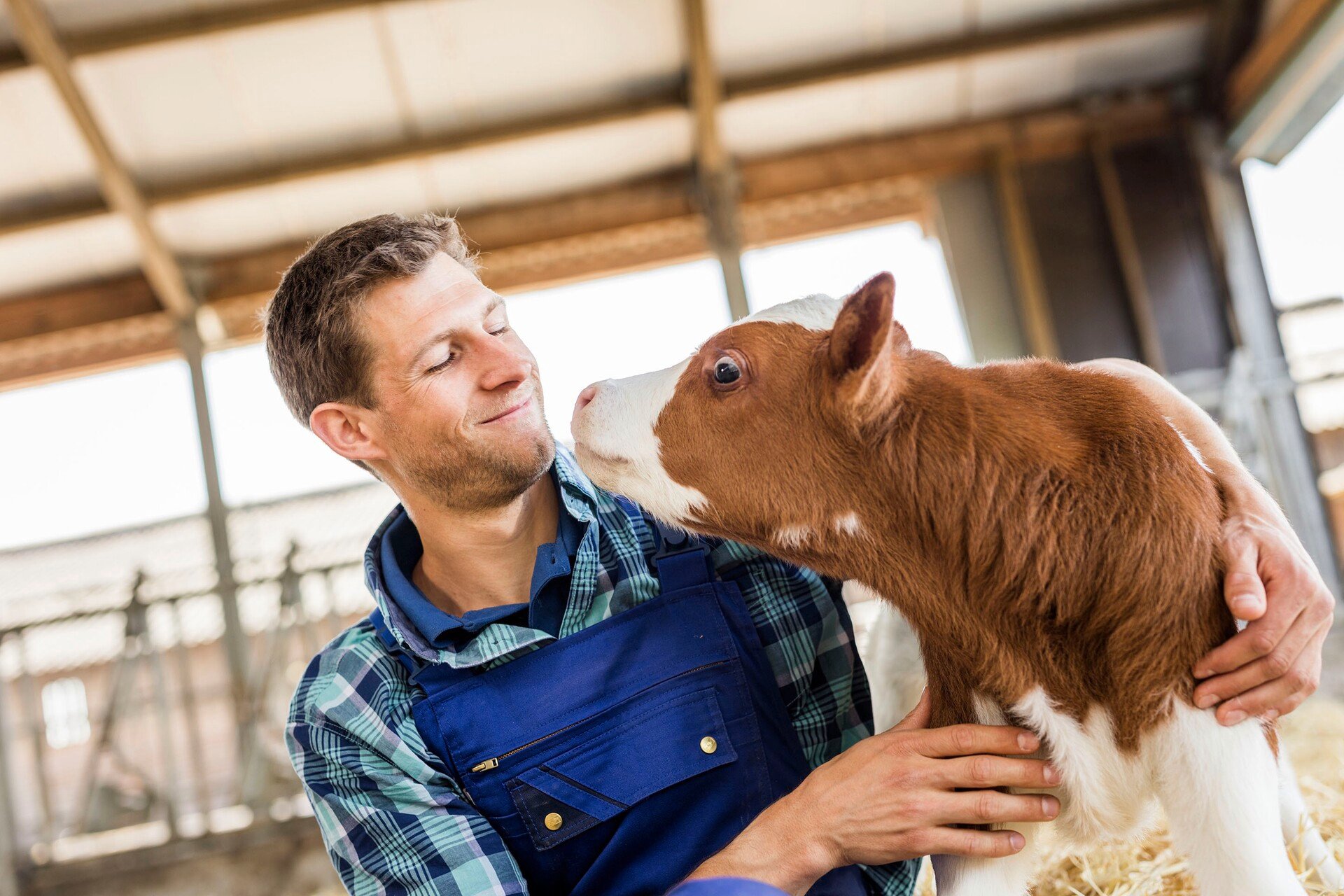
Involuntary culling rates of less than 5% during the first 100 days in milk.
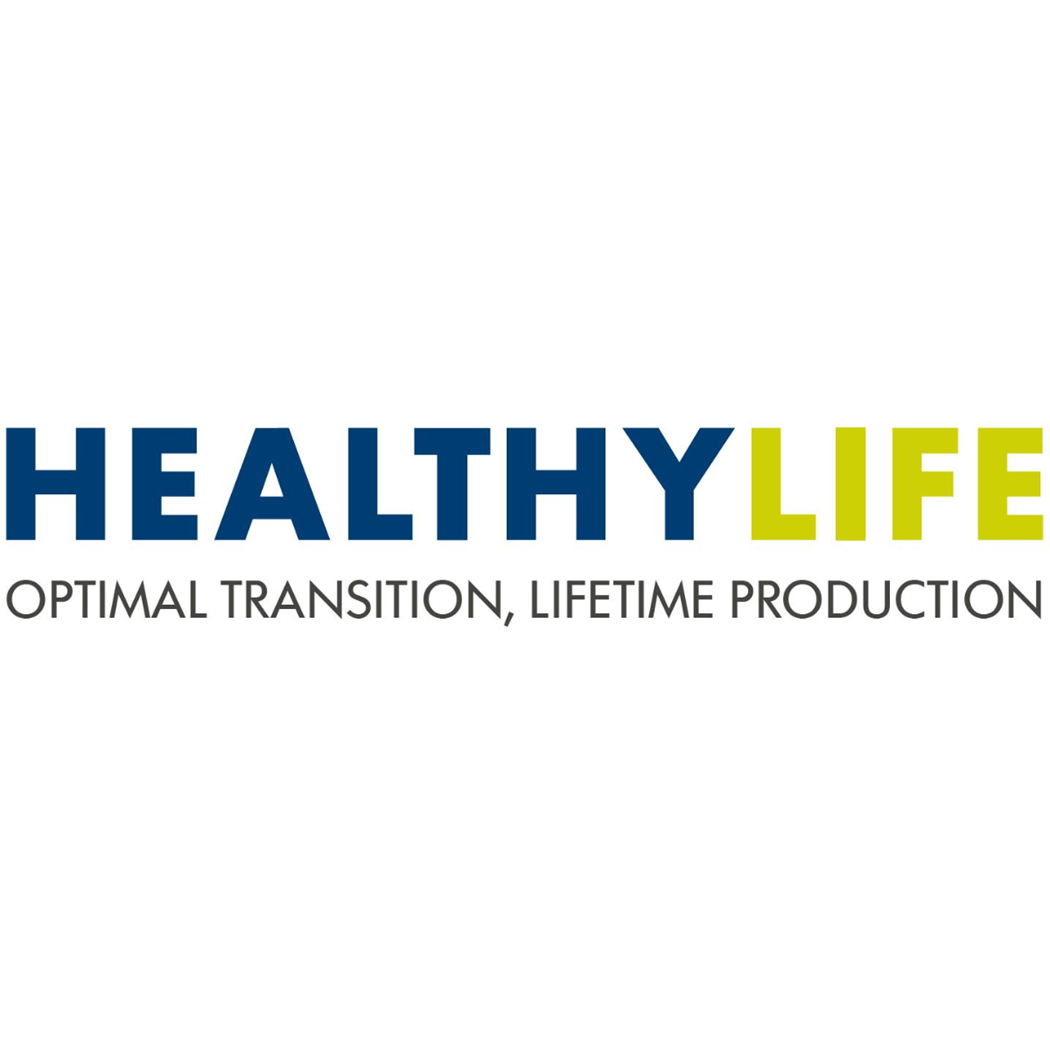
A practical, science based program that helps farmers increase the Lifetime Daily Yield of their dairy herd by focusing on:
3 adaptations are necessary for a successful first lactation:
Digestive
Immune
Trouw Nutrition's HealthyLife program offers a sustainable approach to help the cow ease into the transition to lactation.
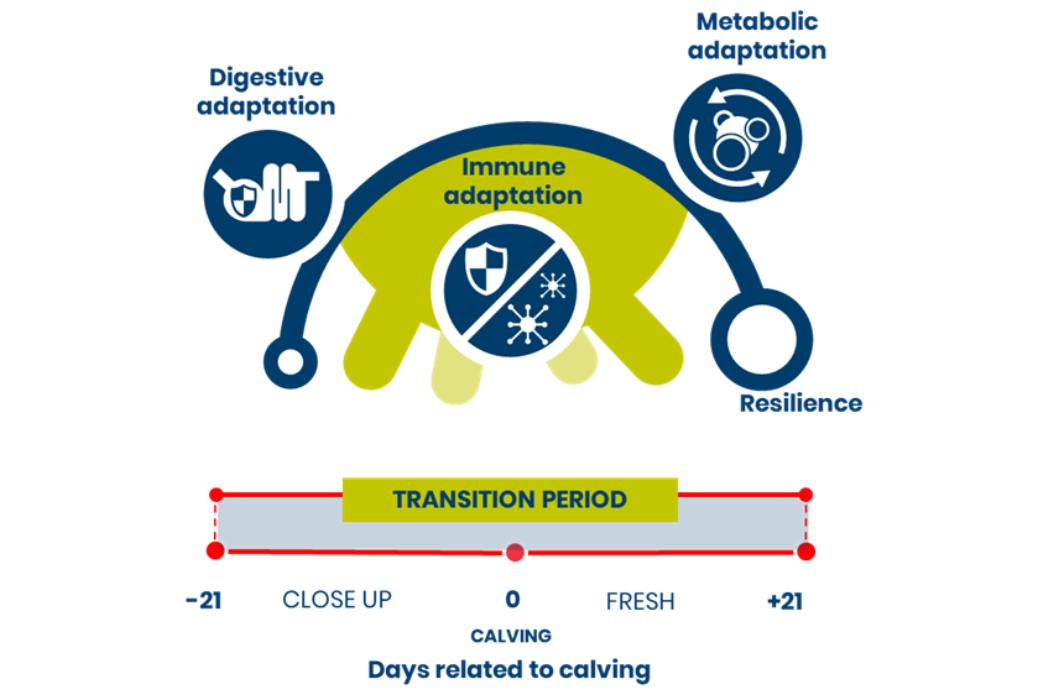

Involuntary culling rates of less than 5% during the first 100 days in milk.
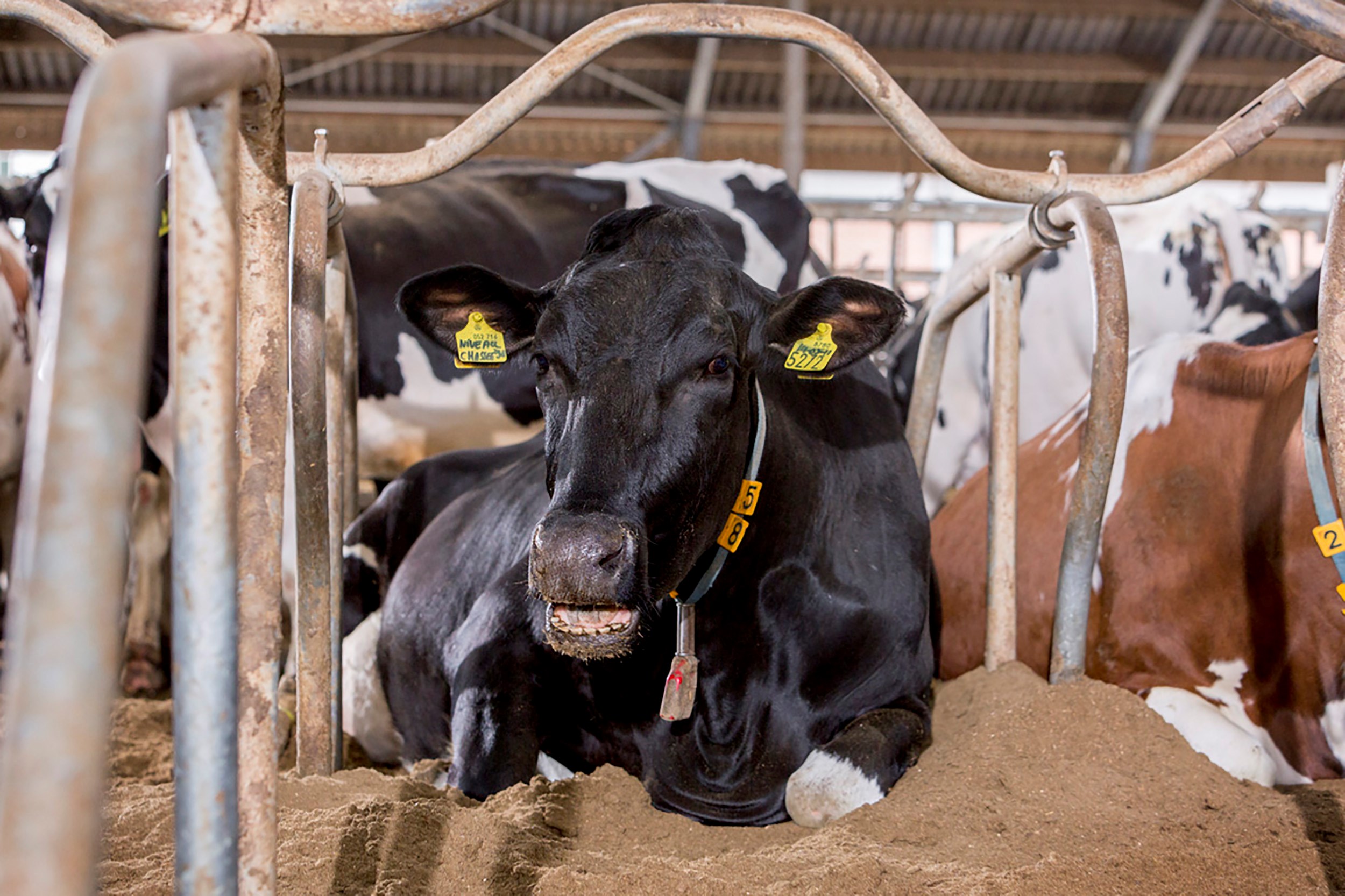
Involuntary culling rates in heifers of less than 15%.
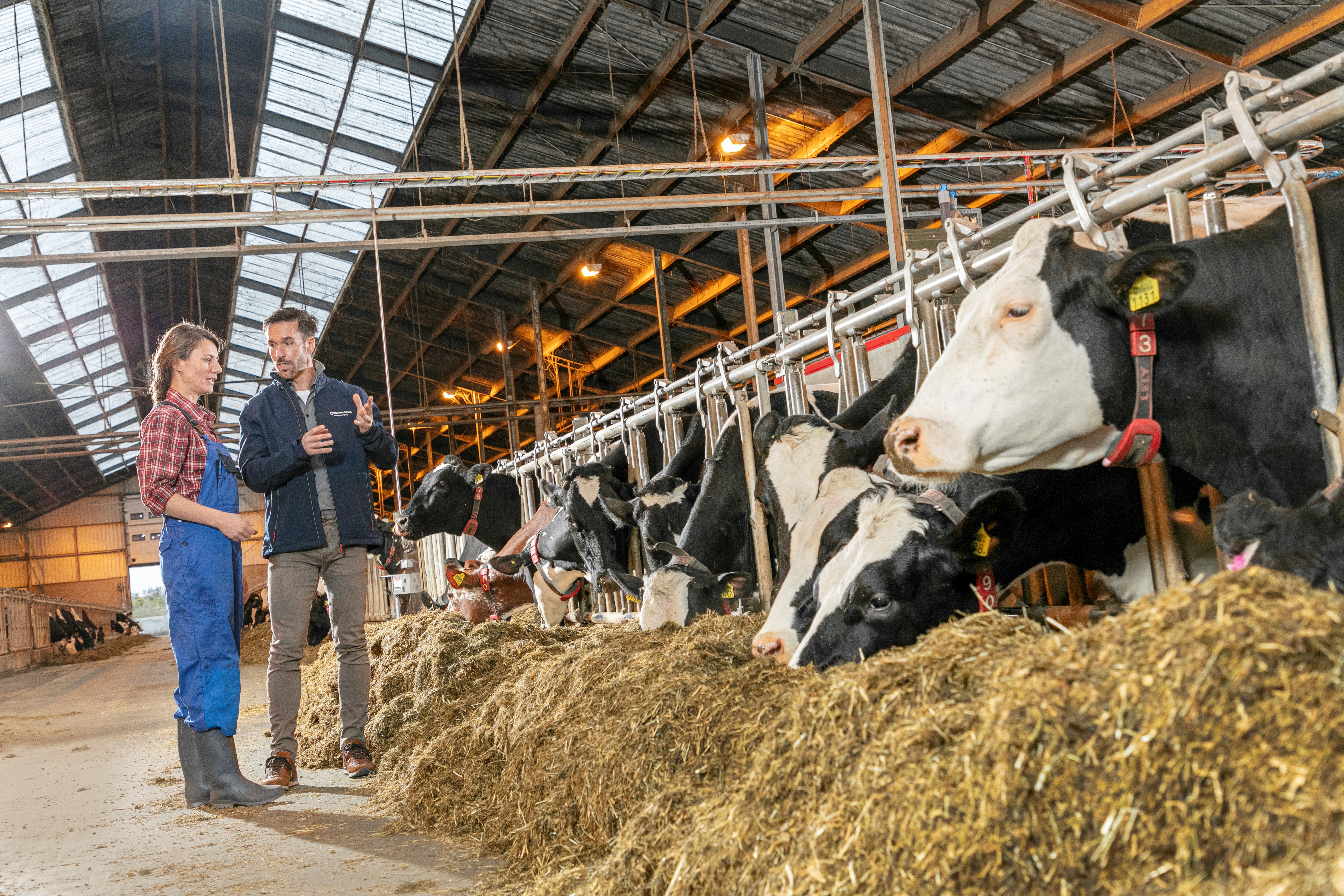
Heifers producing at least 73 to 75% of herd average during 1st lactation.
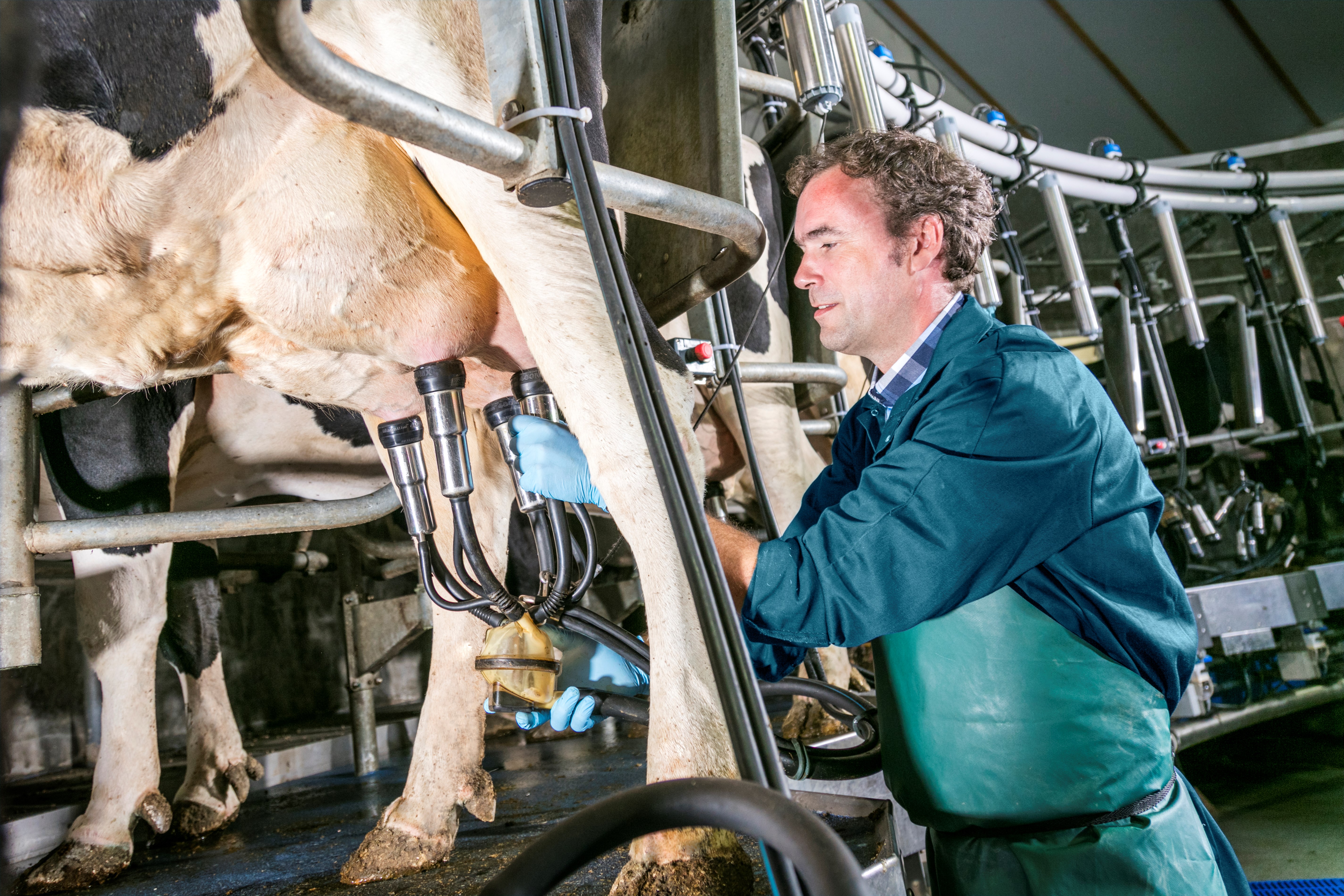
Cows reaching peak production within 50 to 70 days after calving.
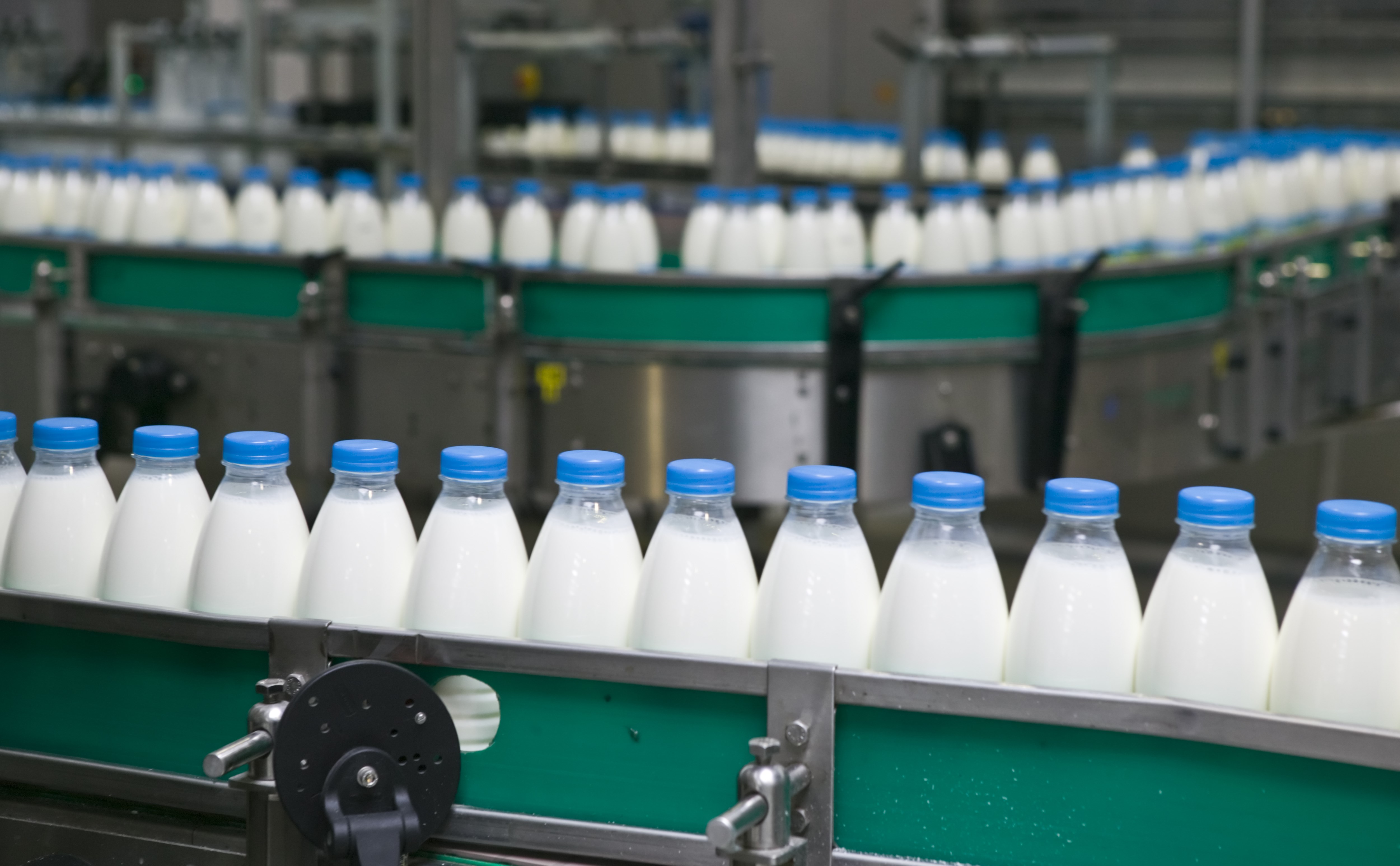
Cows reaching at least 5 lactations.
Calving is a risky period, both for the cow and the calf. There are however several things that can be done to ensure a smooth calving process, preparing the calf for a good start of the rearing period and the cow for a successful lactation.
During the last two weeks of gestation, the dry matter intake of cows goes down while their energy requirements go up, as a result of growth of the calf and the start of colostrum production. In the first few weeks after calving, milk production increases faster than dry matter intake does. As a result, dairy cows will be in negative energy balance. This could potentially lead to subclinical or clinical ketosis. Managing the Body Condition Score correctly throughout lactation can help reduce the possibility of cows going into negative energy balance.
Hypocalcaemia is the medical term for milk fever. Cows with blood calcium levels below 2.0 mmol/l without clinical signs are classified as suffering from subclinical milk fever, cows with blood calcium levels below 2.0 mmol/l with clinical signs are classified as suffering from clinical milk fever. The problem of subclinical milk fever is often underestimated, for every cow in the herd with clinical milk fever, there are another 4 cows with subclinical milk fever.
There are a number of management measures that can reduce the incidence of subclinical and clinical milk fever:
HealthyLife concepts are important to focus on for the future success of a sustainable local dairy industry. With HealthyLife, and the focus on managing the transition into lactation, we have the ability to improve lifetime performance. This leads to profitable dairy producers, continued focus on environmental sustainability, as well as the maintenance on animal health/welfare and the sustainability of consumer trust.

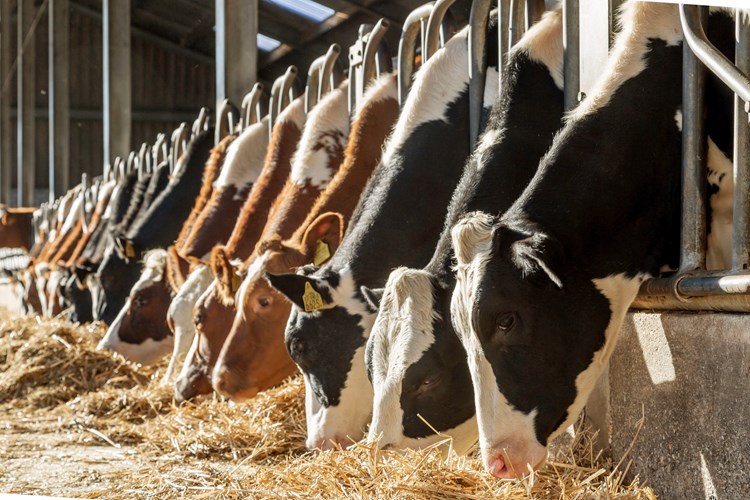
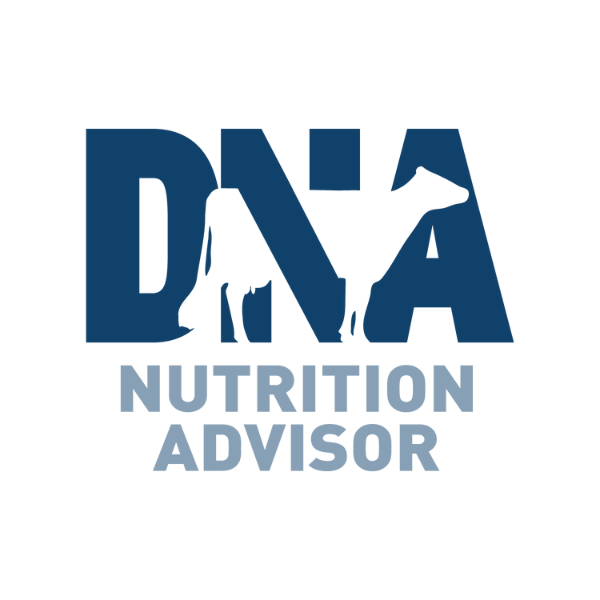
*References available upon request*